The Milky Way Is Hiding Tens Of Thousands Of Black Holes
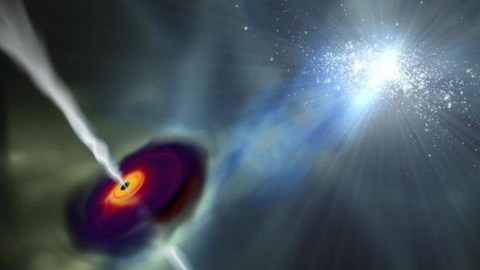
And thanks to a new technique and set of observations, we think we know exactly where to find them.
At the center of practically every galaxy is a supermassive black hole, where millions or even billions of solar masses worth of material collect in a single location. Surrounding them, however, should be not only a slew of fast-moving stars, but tens of thousands of smaller black holes, formed from the corpses of massive stars that should have existed in the galactic center’s vicinity. As we’ve surveyed the space around Sagittarius A*, our Milky Way’s four million solar mass monstrosity, we’ve found the stars, dust, gas, and electromagnetic radiation we’ve expected across-the-board, with one exception: no evidence for those smaller black holes. More than ten thousand were expected in a region just six light years wide, centered on Sagittarius A*, yet none had been found. Until, that is, a clever new method was put to use, identifying a dozen of them just this past year. The implications are that these black holes are all really there, and now we have an idea of how to find them.
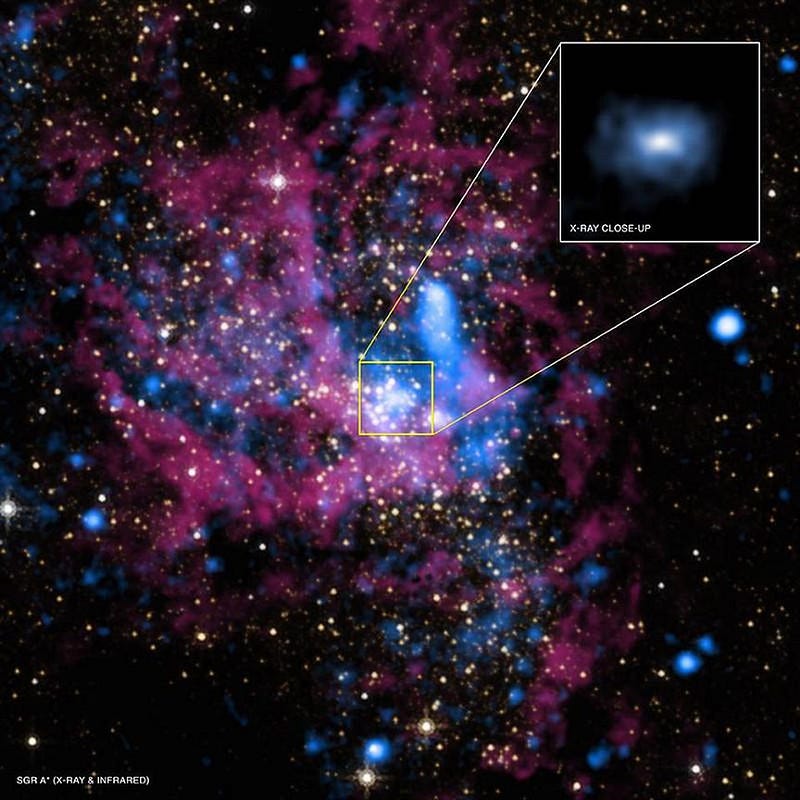
The region of space surrounding the black hole at the center of our galaxy is filled with material that can only be viewed outside of the visible light spectrum. While there are no doubt plenty of stellar sources that emit light, the dust filling the plane of our Milky Way is more than sufficient to block practically all of the light that would travel the 25,000 light years required to reach our eyes. But at longer wavelengths, infrared and radio light can make it through, revealing the presence of stars and gas, while at shorter wavelengths, X-rays can tell us tremendous amounts of information about the energetic sources and events that take place there.
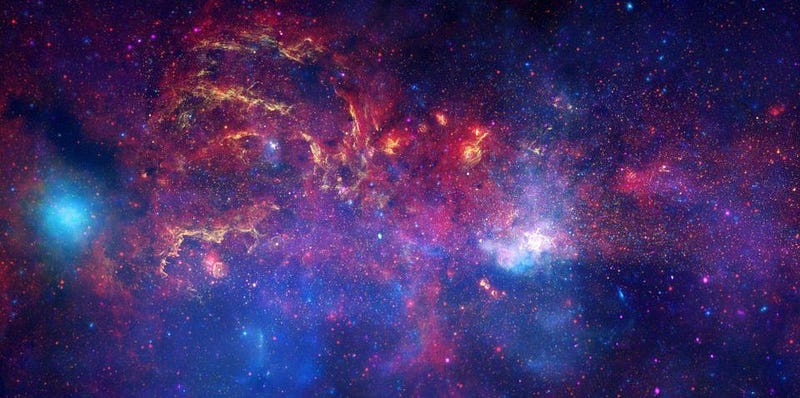
When we examine the environment around Sagittarius A*, we image large numbers of stars orbiting the central black hole, as well as occasional flares as the black hole devours various clumps of matter. From what we observe, we can infer what the space in that region of space is like: full of matter, capable of actively forming stars, and rich in heavy elements. The gas and dust that’s present is the perfect environment for active star formation, and that’s what our best theories predict ought to be there. The stars that form there should be great in number, should have a wide variety of masses, and ought to produce large numbers of supernovae, neutron stars, and black holes. That’s where we get the estimates that, within a radius of about 3 light years from Sagittarius A*, there ought to be somewhere in the vicinity of 10,000-to-20,000 black holes.
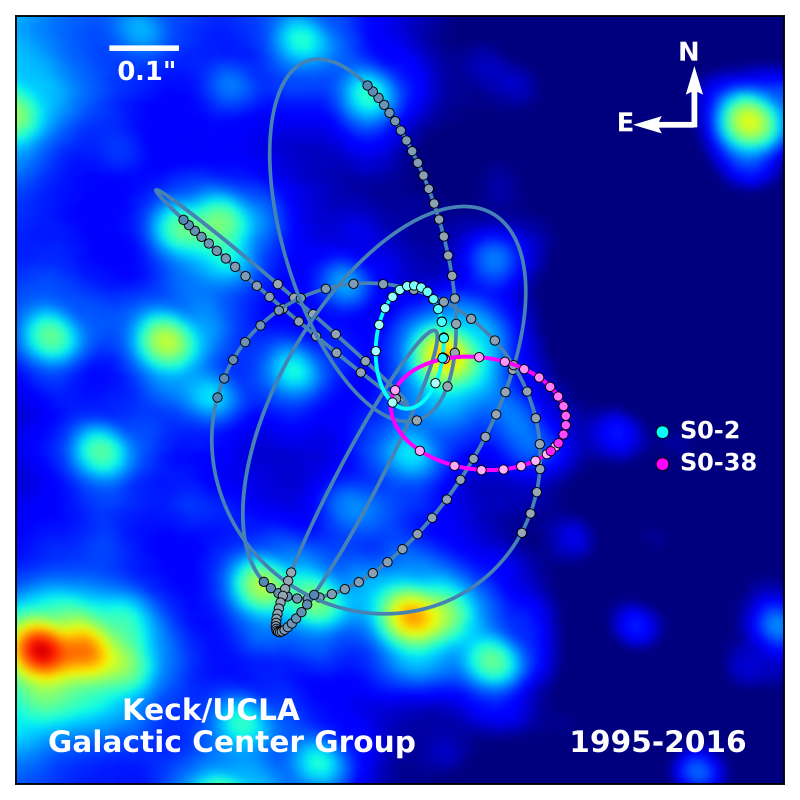
Yet despite this prediction, we have a very difficult time seeing these black holes. There’s a good reason for this: most of them are very difficult to observe, since they don’t emit any radiation that we’d be sensitive to. For isolated black holes that are the only star in their system, there’s no good way to detect them. But for black holes that are in binary systems, where a star and black hole orbit one another, there’s a clever way to seek them out: look for a bright burst of X-rays that these systems can create. According to astrophysicist Chuck Hailey:
It’s an obvious way to want to look for black holes. But the Galactic Center is so far away from Earth that those bursts are only strong and bright enough to see about once every 100 to 1,000 years.
Since we haven’t gotten lucky, we were going to need a new method.
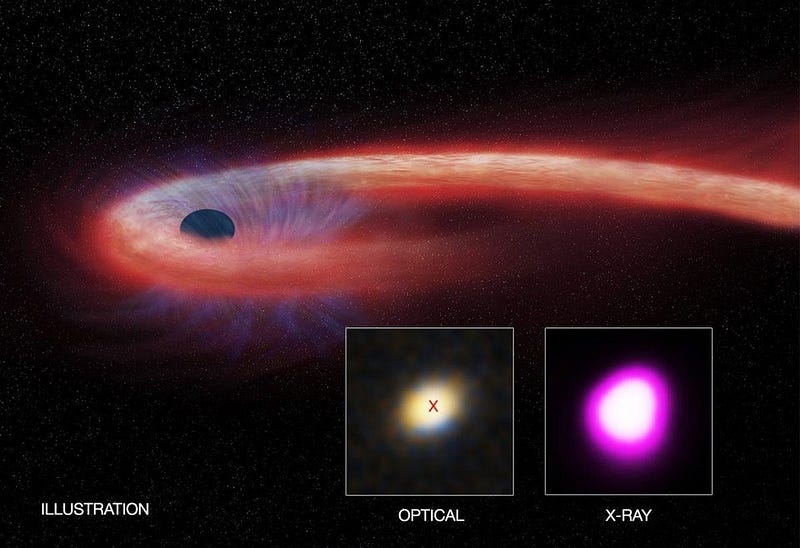
That’s where Hailey’s team came to the rescue. Instead of looking for a binary system with a star and a black hole in an active, flaring state, they recognized you could look for the much lower (but still present) X-ray emission that ought to exist when these systems were inactive. Hailey continued:
It would be so easy if black hole binaries routinely gave off big bursts like neutron star binaries do, but they don’t, so we had to come up with another way to look for them… when black holes mate with a low mass star, the marriage emits X-ray bursts that are weaker, but consistent and detectable.
It would take a tremendous amount of time of observing the galactic center in the X-ray to see such an effect, and there’s no way, without a clear target, that such a proposal would be greenlit. But Hailey’s team had a trump card: this data already existed, thanks to the Chandra X-ray observatory.

Chandra has been observing the galactic center, off-and-on, for the better part of 19 years. By looking at the full suite of the archival data, they were able to pull out an incredible find: the X-ray signatures of inactive, quite black hole/star binary systems showed up 12 independent times. Considering we’ve only ever discovered around 60 black holes in the Milky Way so far, this represents a huge increase, but there’s much, much more. These 12 black hole/star systems were all within 3 light years of Sagittarius A*, and their existence allows us to do something even more powerful: infer the total number of black holes that exist in this region. Based on the data collected, there ought to be somewhere between 300 and 500 black hole/star binaries in this region, and approximately 10,000 isolated black holes in this very vicinity.
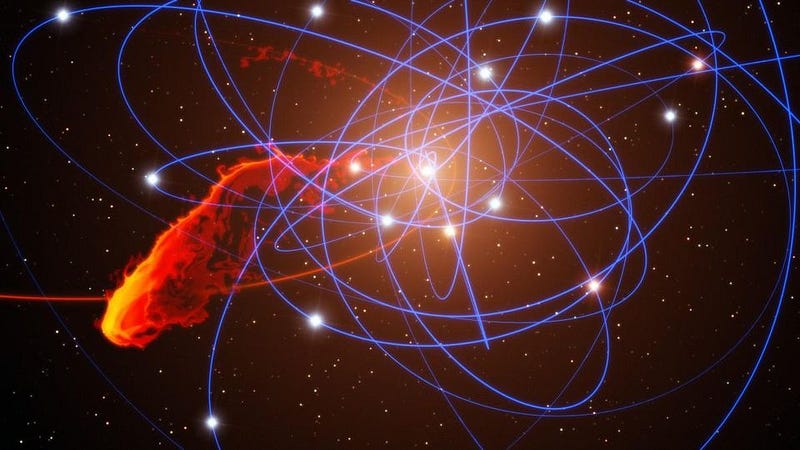
This is a tremendous find, and something we could only accomplish within our own Milky Way. Knowing that there are around 10,000 black holes in the environs around our own supermassive black hole allows us to infer what’s going on at the center of every galaxy with a supermassive black hole: thousands upon thousands of regular black holes are in orbit. In the 2030s, the European Space Agency will launch the Laser Interferometer Space Antenna (LISA), a much longer-armed, space-based gravitational wave detector. Unlike the tight, low-mass, short-period systems that LIGO is sensitive to, LISA will, for the first time, be able to detect the long-period inspirals and mergers of normal black holes around supermassive ones at the centers of galaxies.
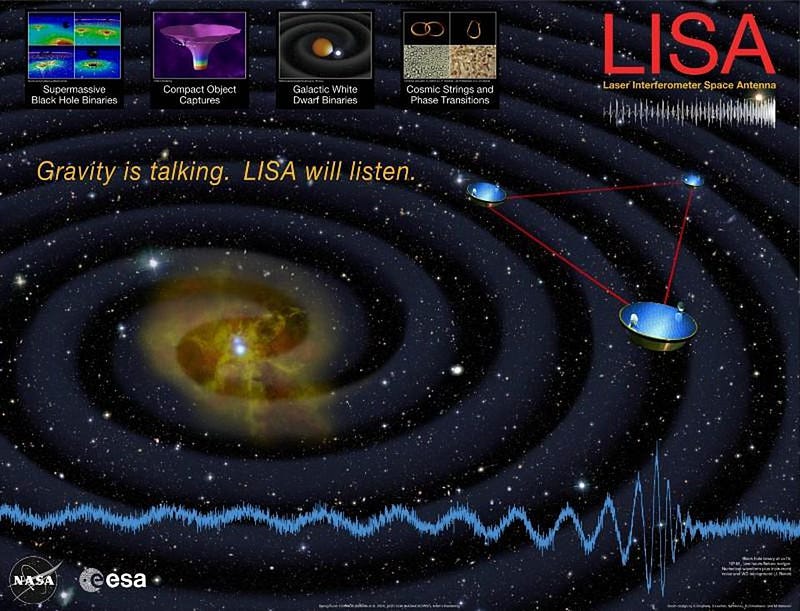
This study is of tremendous importance, since it provides us with the first real evidence of what LISA will be looking for, further motivating us to look for these events that, as we now know, must exist. Unlike LIGO’s black holes, these inspiraling events will give us weeks, months, or even years of lead-up time, allowing us to pinpoint exactly where and when we’ll need to look to see these mergers coming. This is the first confirmation of the theory that tens of thousands of black holes ought to exist around supermassive ones at the centers of galaxies, and allows us to better predict how many gravitational wave events we’re likely to see coming from them.
All the information we need to learn about this exists at the centers of galaxies, including our own. For the first time, we can be confident that black holes aren’t simply cosmic rarities, but exist in enormous abundance in every galaxy throughout the Universe.
Ethan Siegel is the author of Beyond the Galaxy and Treknology. You can pre-order his third book, currently in development: the Encyclopaedia Cosmologica.





